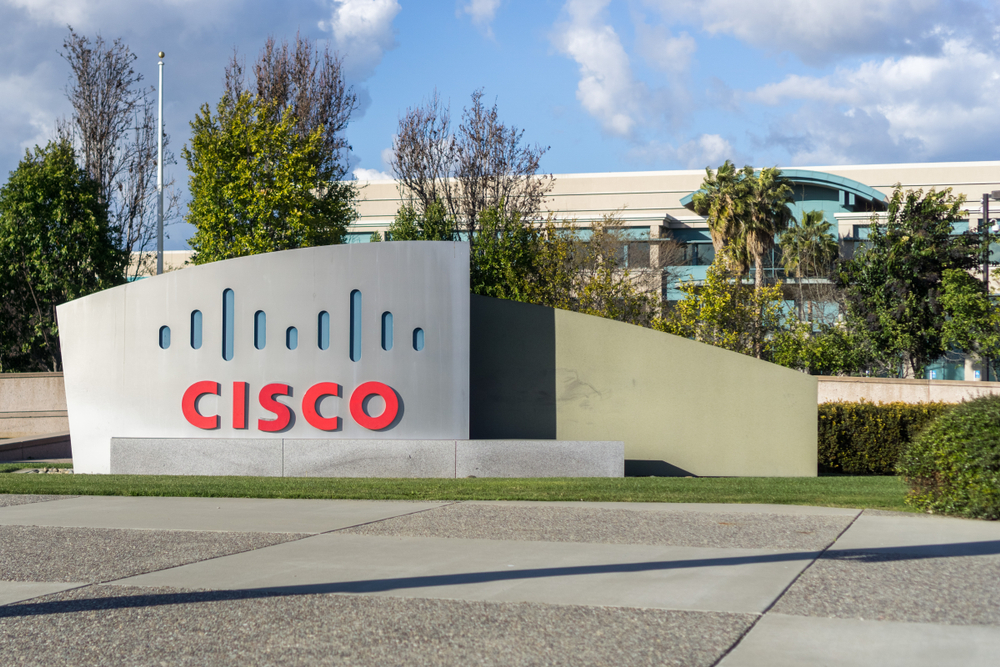Editor’s Note: As Nicholas Vardy points out in today’s article, investors betting on today’s high-flying, overpriced innovation stocks may regret that decision tomorrow.
While investors should consider steering clear of certain innovative stocks, there is another set of stocks that warrants your attention.
Studies have shown that dividend stocks have outperformed the broad market by 222% over the past 60 years. Despite that, many high-quality dividend-paying stocks are trading at a discount.
In Chief Income Strategist Marc Lichtenfeld’s FREE Ultimate Dividend Package, not only will you learn how to lock in an ultra-safe 9% yield, but you’ll also learn about the safest 8% dividend in the world.
Click here to learn more about this FREE package.
– Madeline St.Clair, Assistant Managing Editor
Most of today’s trading on Wall Street is done by sophisticated quantitative algorithms.
Quant PhDs (“the rocket scientists of Wall Street”) who program these algorithms ignore the lessons of market history.
As Harvard economist John Kenneth Galbraith observed, “The financial memory is very short.”
That’s too bad.
After all, history offers some of the most valuable lessons for successful investing.
And one of those lessons is this: Even the best business in the world can be a terrible investment if you buy it at the wrong price.
Learning this lesson turned Warren Buffett into the world’s most successful investor.
And one of the best examples that illustrate this is the fate of information technology hardware, software and networking equipment giant Cisco Systems (Nasdaq: CSCO).
Cisco’s story also offers lessons you can readily apply to today’s high-flying innovation stocks.
The Rise of Cisco Systems
Cisco Systems was founded in December 1984 by two Stanford computer scientists. The husband-and-wife team had developed a technology that connected all computers on the Stanford campus – a novel idea at the time.
By 1990, Cisco had gone public with a market cap of $224 million.
Fast-forward 10 years, and Cisco found itself at the intersection of several technological trends, all linked by Cisco’s networking technologies.
The tech boom was in full swing.
And Cisco was there to sell the picks and shovels to all the players in the internet gold rush.
By 2000, Cisco had become one of the hottest stocks on the U.S. stock market.
From the beginning of 1999 to March 2000, Cisco shares rose 236% to a market cap of $555 billion, or $80.06 per share.
At the peak of the dot-com bubble, Cisco surpassed Microsoft to become the most valuable company in the world.
Some analysts even predicted Cisco would become the world’s first trillion-dollar company.
Then came the dot-com bust.
Over the next two years, Cisco’s share price collapsed 80% – wiping out $431 billion in shareholder value.
The Evolution of Cisco Over the Years
After the dot-com crash, Cisco picked itself up and went on an acquisition spree.
Cisco acquired Linksys and Scientific-Atlanta (companies that sold broadband networking technologies such as digital cable boxes and cable modems).
By 2007, Cisco claimed that half of internet-connected U.S. households used its Linksys or Scientific Atlanta products.
Cisco then pivoted toward videoconferencing, internet-based voice calls and other Web 2.0 communications.
Moreover, Cisco acquired Pure Digital Technologies – the company behind the Flip Video camera.
But the rise of smartphones that could shoot and share videos pulled the rug out from under Cisco’s efforts.
Cisco had built its reputation as an internet hardware company in the 1990s. But hardware has become a commodity that generates little profit.
And today, Cisco, previously known for hardware, now derives a significant percentage of its revenue from software and services.
The Fate of Cisco’s Share Price
Cisco’s share price performance offers several important lessons.
First, in many ways, investors were right about Cisco.
For all the pivoting of its business model, over the last 21 years, Cisco’s revenues have grown fourfold to $49 billion.
Profits soared 5X to $11 billion.
But Cisco’s share price in 2000 was simply too high.
At Cisco’s March 2000 peak, its price-to-earnings (P/E) ratio stood at an astonishing 201.
And its stock has never regained its dot-com peak.
Today, Cisco’s shares are at $57, still 29% below their all-time high – and have lagged the S&P 500 by more than 220% since their dot-com peak.

Lessons From Overvaluations
Of course, Cisco wasn’t alone.
Microsoft (Nasdaq: MSFT), Amazon (Nasdaq: AMZN) and Adobe (Nasdaq: ADBE) also suffered a lost decade as their share prices struggled to surpass their dot-com peaks.
The lesson for investors is this…
A similar fate awaits many of today’s high-priced innovation stocks.
Trading at a P/E of 185, Tesla (Nasdaq: TSLA) is almost as expensive as Cisco was at its peak.
Yes, like Cisco, Tesla may survive.
But even if Tesla turns out to be the next Microsoft or Amazon, it’s going to be dead money at best over the next decade or so.
To sum up…
Investors betting on innovation stocks today should heed the lessons of the 2000 dot-com bust…
And stick to one of the most important rules of investing: Even the best business in the world can be a terrible investment if you buy it at the wrong price.
P.S. For the details on one of the most innovative and disruptive stocks on the market today – at the right price – sign up for Alexander Green’s Oxford Communiqué. You’ll receive monthly stock recommendations (your first coming this afternoon!) and weekly updates from Alex, timely market insights from me, and much, much more.
Click here to watch Nicholas’ latest video update.
For the latest news from Nicholas, connect on Facebook and Twitter.

